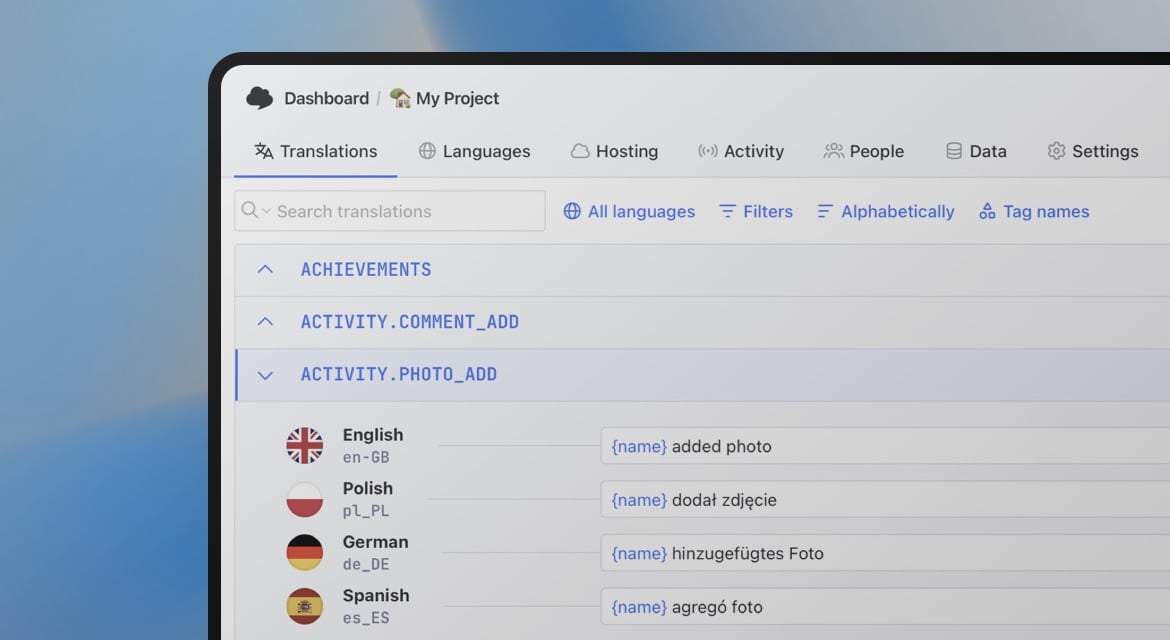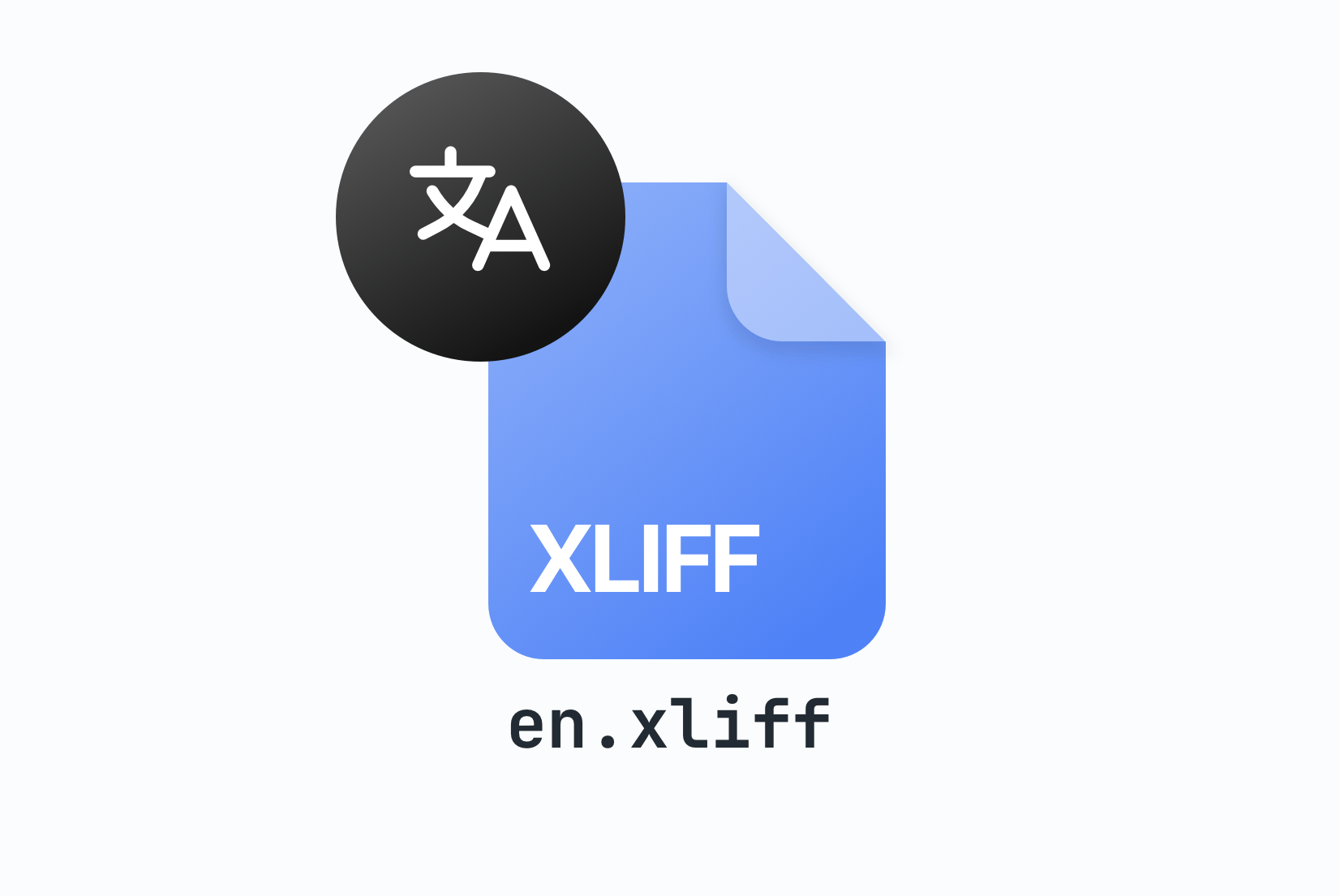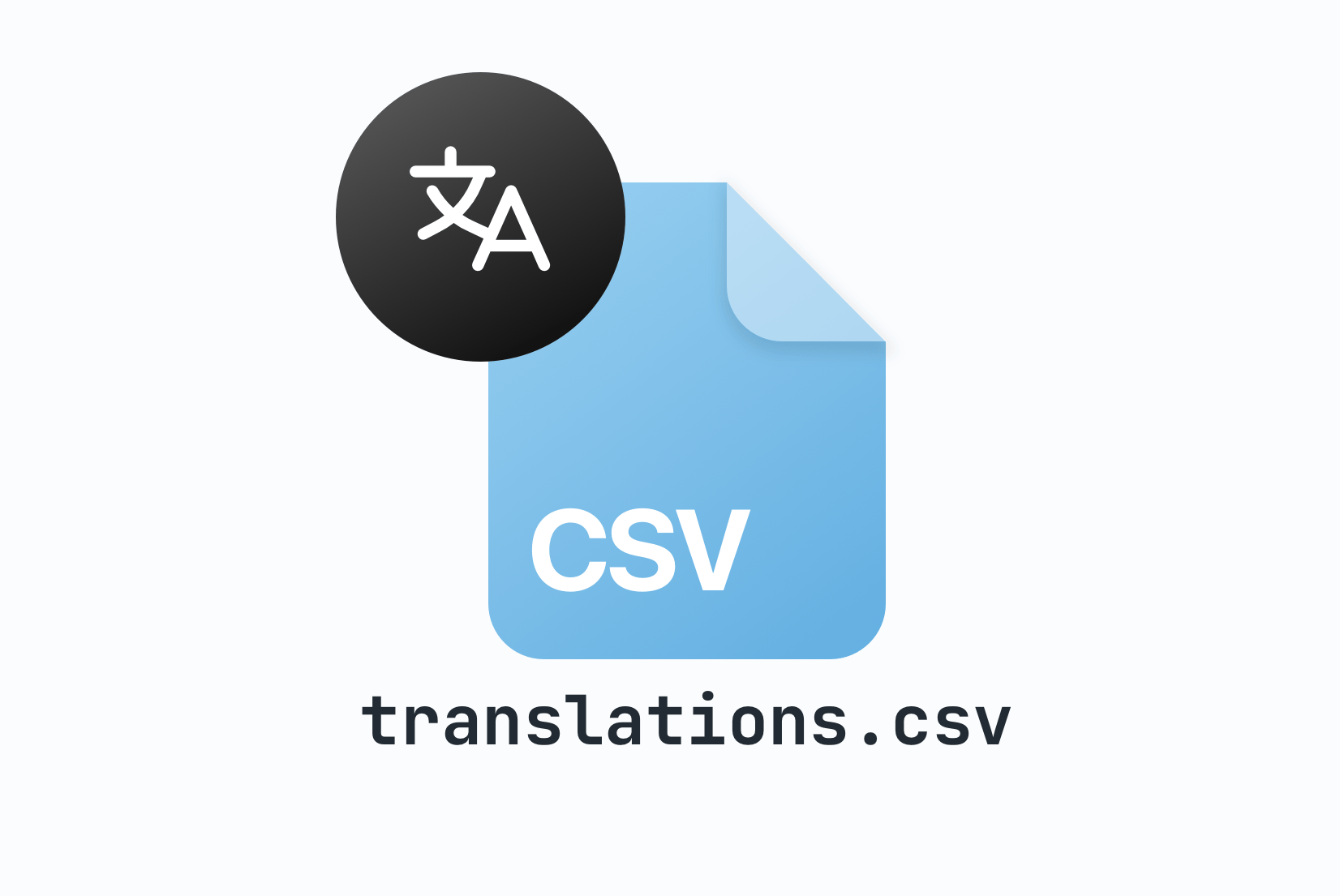What are different types of translation
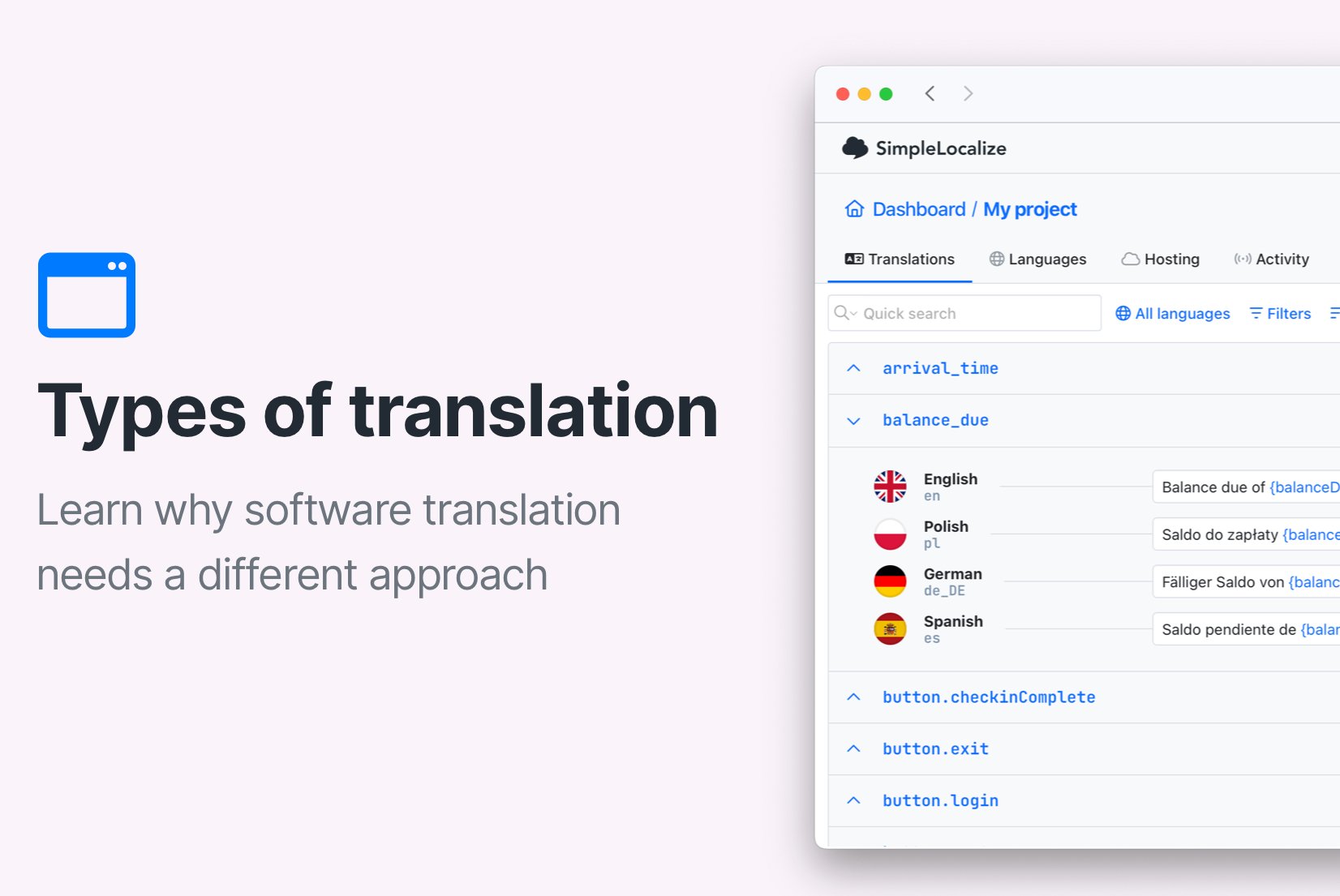
Translation is often treated as a uniform task, simply converting text from one language to another. But in reality, the requirements, tools, and challenges vary dramatically depending on what is being translated. Literary translation is a creative art. Technical translation is about precision. But software translation? It is a unique blend of both, wrapped in a layer of code and constraints.
In this post, we will explore how software translation differs from other types of translation and why tools like SimpleLocalize.io are essential for getting it right.
Types of translation
Translation can be broadly categorized into several types, each with its own nuances and requirements:
- Literary Translation: Involves translating novels, poetry, screenplays and other creative works. It is focused on capturing the author's voice, style, and cultural nuances.
- Technical Translation: Deals with manuals, user guides, and other technical documents. It requires precision and a deep understanding of the subject matter.
- Legal Translation: Involves translating contracts, agreements, and other legal documents. It requires a strong grasp of legal terminology and concepts.
- Marketing Translation: Focuses on advertising, promotional materials, and other marketing content. It aims to adapt the message to resonate with the target audience while maintaining brand voice and blends translation with creative adaptation (transcreation).
- Software Translation/Localization: Involves translating UI, apps, websites and software-related content. It must work within technical, spatial, and contextual limits while ensuring the user experience remains seamless across languages.
There are also other types of translation, such as audiovisual translation (subtitles, dubbing), scientific translation, and more. Each has its own set of challenges and requirements.
What makes software translation unique?
Software translation isn't just about text, it's about function. It requires an understanding of how software works, the context in which it operates, and the user experience it delivers. It needs to:
- Fit into small UI elements (buttons, labels, tooltips)
- Support variables (e.g. "You have
{count}new messages") - Be maintained across versions (as software evolves, so does the text)
- Handle multiple platforms and user contexts
- Handle pluralization, gender, date/time formats, and other locale-specific rules
- Ensure consistency across the entire application

It is not uncommon for software translators to work with strings like this:
{
"welcome_message": "Welcome, {username}!",
"error_message": "An error occurred: {error_code}",
"pluralization_example": "{count, plural, one {You have one message} other {You have {count} messages}}"
}
Getting this right means more than just correct grammar, it means understanding placeholders, code syntax, and context. It also means working closely with developers, product managers, and UX designers to ensure the translation fits seamlessly into the software.
Tools of the trade
Each type of translation relies on different tools:
| Type of translation | Common tools |
|---|---|
| Literary | Human editors, CAT tools (e.g. SDL Trados, MemoQ), Word/Docs |
| Technical | CAT tools, terminology management systems, glossaries |
| Legal | CAT tools, legal dictionaries, glossaries |
| Software | i18n platforms (e.g. SimpleLocalize), code editors |
For software translation, specialized tools like SimpleLocalize are essential. They provide features like:
- Git and CI/CD integration (automated string syncs)
- JSON, YAML, and other file format support
- Language fallback and version control
- Contextual hints for translators
- Collaboration with developers and translators in one place
Translator skills: Who's doing the work?
Each type of translation requires different skills and strengths:
| Type of translation | Required skills |
|---|---|
| Literary | Creative writing, storytelling, cultural understanding, literary analysis |
| Technical | Subject matter expertise, precision, attention to detail |
| Legal | Legal terminology, attention to detail, understanding of legal concepts |
| Software | Technical awareness, placeholder handling, UX and UI context, QA mindset |
Software translators often work closely with developers, QA testers, and product managers to ensure localization is not only accurate but functional.
Translation workflows compared
Translation workflows vary significantly across different types of translation. Here is a quick comparison:
| Type of translation | Typical workflow |
|---|---|
| Literary | Project-based, often solo |
| Technical | Document-based, may involve small teams |
| Legal | Document-based, often involves legal experts |
| Software | Agile, continuous localization, teamwork via platforms |
In software localization, it's common to release updates weekly or even daily. Localization must keep up. That is why tools like SimpleLocalize support automated string syncs from GitHub, Bitbucket, or via CLI and API.
The integration with Figma allows designers to share translations directly from design files and provide context for translators, ensuring that the final product is not only translated but also functional and user-friendly.
Why it matters for your business
Getting software localization wrong doesn't just mean awkward translations. It can even break your app. Think:
- Buttons with cut-off text
- Error messages that don't make sense
- Incorrect placeholders leading to confusion
- Strings not showing due to missing translations
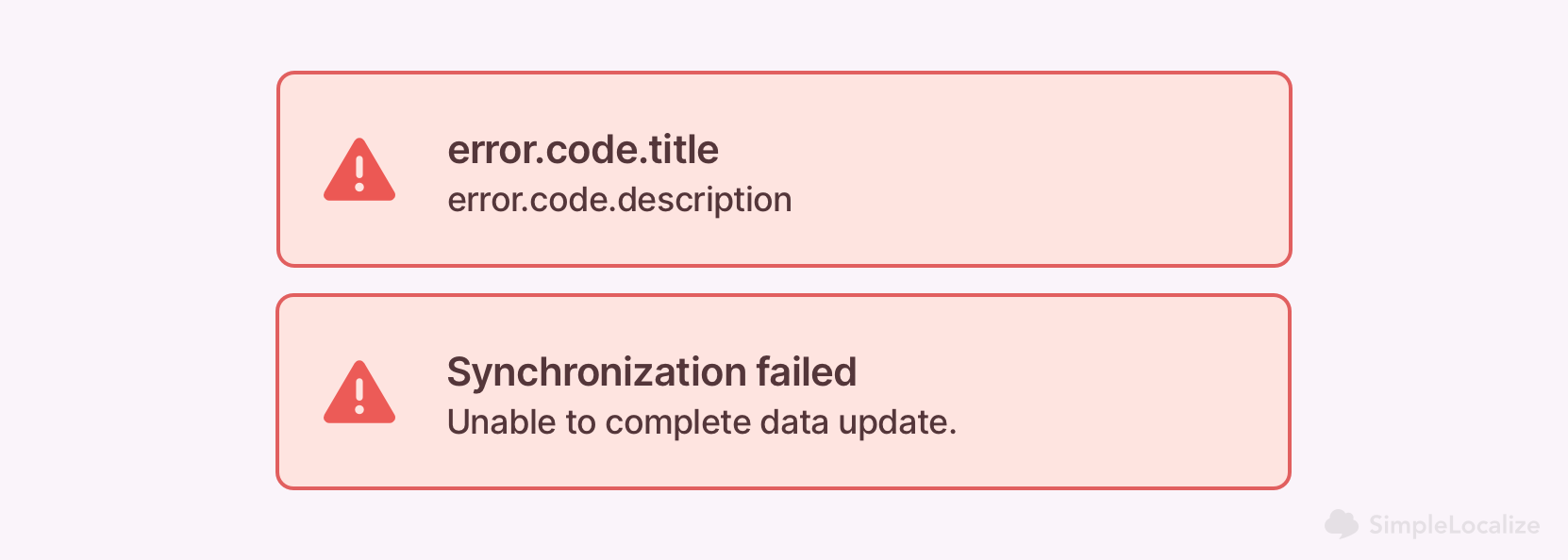
These issues can lead to poor user experience, frustrated customers, and ultimately lost revenue. It can also damage your brand reputation. Users expect software to work seamlessly in their language. If it doesn't, they may question the quality of your product.
Proper localization impacts user experience, international adoption, and even revenue.
Conclusion
Software translation is a discipline of its own: more technical, context-sensitive, and fast-paced than many other translation types. If you are building apps or websites that need to speak your users' languages fluently and functionally, you can't treat it like any other form of translation.
Ready to simplify your localization process? Try SimpleLocalize, a modern platform built with software translation in mind.
